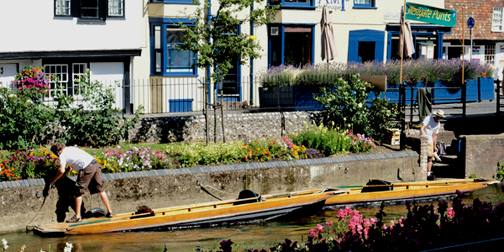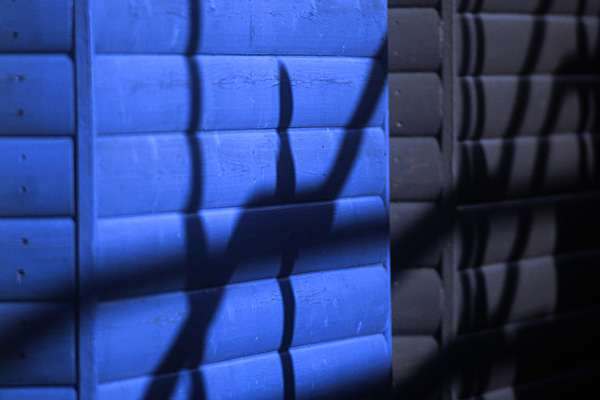Street photography… It’s a genre that’s become very popular. Search “street photography” in youTube and you’ll be spoilt for choice. The good, the bad and the ugly of street photography will be paraded before you to delight and disgust in equal measure, but it’s a genre that I confess to being a little perplexed by. Now, forgive me for lapsing into a middle-aged film-shooter stereotype, but I grew up with film photography. I’ve probably devoured thousands of magazine articles over the years, and have been fascinated by the work of Henri Cartier-Bresson, Tony Ray-Jones, Elliott Erwitt, Fan Ho, and many others… and I don’t think I ever heard any of them referred to as a “street photographer”. Reportage, yes… Documentary, yes… but street, no… not ever. At least, not until recently, when they may have been retrospectively labelled thus.
So when did documentary spawn (and this may be a contentious description) the sub-genre street photography? And indeed, how do you define street photography?
All of the photographic gods mentioned above, and many, many more, have (or had, for those who’ve gone to the big darkroom) an eye for a story captured in a single image. An ability to distil a moment, pare down and edit so that the viewer could be offered the very best images. The “decisive moment”, if you like. Contact sheets might have shown how a scene or situation had developed and been “worked” by the photographer, more often than not, culminating in that one definitive image. The physical and financial restrictions of printed media forced the photographer to tell his story in as few frames as possible.
In all aspects of modern life, we are now bombarded with imagery… most of it disposable, forgotten in five minutes. And in the digital age, where everyone is a “content provider”, documentary photography has been “nipped and tucked” and reinvented, and it seems everyone is doing it. Saturation point has surely been reached, and it’s diluting the pool so much that the good stuff is being drowned by the dross. I know his photography was a world away from what we’re discussing here, but I think the sentiment resonates in Ansel Adams quote concerning 12 good images marking a significant year… less is more… In feeding the voracious appetite of the internet, some youTubers are pushing 12 (or more) mediocre images (or worse) a week.
The growth of street photography over the last decade is undeniable and shows no sign of slowing. It has become something of a dominant scene with ever more channels popping up online, and as noted earlier, the quality is… well, variable. The apparent ease with which you can share your images (it’s called providing content nowadays) via digital technology and video sharing platforms is making still image creation a spectator sport, but maybe what was initially touted as the digital democratisation of photography isn’t the great leveller it was made out to be. Or maybe it’s levelling down rather than levelling up, as we’re now bearing witness to a banal “sameness” to the images offered up. Aware of the saturation of uninteresting shots of uninteresting people in uninteresting places, our amateur documentarians appear to now be shifting focus and trying to maintain their audience share with such pearls as “best camera for street” or “camera settings for street” or “why I no longer use my *insert camera model* for street”. Definitely a case of diminishing returns. All the while you care more about “likes”, “views” and “followers” than images and stories, then I’ll care less about your “content”.

